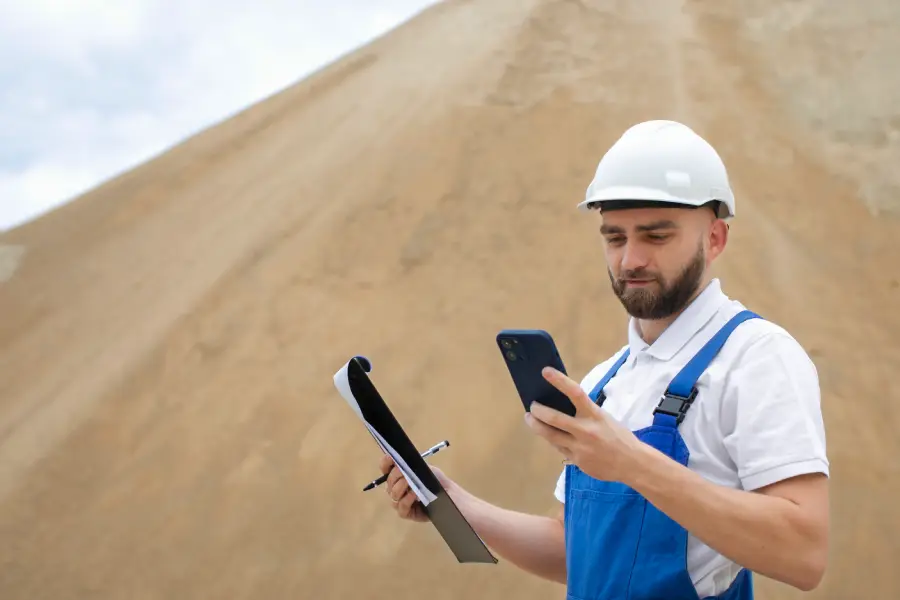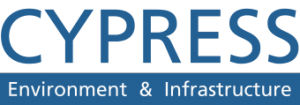When planning projects in rivers, lakes, reservoirs, or coastal waters, it’s not enough to know where the shorelines are, engineers also need to understand what lies beneath the surface. That’s where a bathymetric survey comes in. By measuring water depths and mapping the contours of the seabed or riverbed, bathymetric surveys provide essential information for navigation safety, environmental monitoring, and infrastructure development.
So, what is a bathymetric survey? In this guide, we’ll define the term, explain its methods, and show why accurate underwater mapping is so important for civil and environmental engineering.
What Is Bathymetric Surveying?
A bathymetric survey is the process of mapping the depth and shape of underwater terrain, such as riverbeds, lakes, reservoirs, and coastal zones. Unlike topographic surveys on land, which focus on elevations above ground, bathymetric surveys measure water depths and create detailed models of the seafloor or bottom surface.
Bathymetric Survey Meaning
Put simply, the bathymetric survey meaning refers to a specialized survey that captures underwater topography for engineering, environmental, and navigational purposes. These surveys are essential for projects that require accurate knowledge of water depths—whether it’s offshore wind farms, reservoir planning, or hydrographic surveying.

Importance of Bathymetric Surveying
The importance of bathymetric surveying extends across multiple industries:
- Navigation safety: Identifies shallow areas, rocks, and submerged hazards.
- Infrastructure: Provides baseline data for dams, bridges, ports, and offshore platforms.
- Environmental protection – Tracks erosion, sediment transport, and underwater habitats, linking closely to ecosystem restoration.
- Water resource management – Supports flood modeling, reservoir capacity studies, and shoreline change assessments, complementing water resource management practices.
Without bathymetric surveys, decision-makers would be working blind in aquatic environments, increasing risks for both safety and sustainability.
Bathymetric Surveying Methods
Several technologies are used to measure underwater terrain. The choice depends on water depth, survey area, and project requirements.
Multibeam Echo Sounders
Multibeam systems project multiple sound beams in a fan shape across the seafloor. They provide dense, high-resolution 3D maps, making them ideal for nautical charting and offshore engineering.
Single Beam Echo Sounders
Single beam systems measure depth directly below a survey vessel. They are less complex and more affordable but cover narrower swaths, making them better for small-scale or shallow-water projects.
Side-Scan Sonar
Side-scan sonar sends sound waves sideways, producing detailed images of the seabed. It’s particularly useful for detecting objects like shipwrecks, pipelines, or debris in addition to mapping terrain.
LiDAR Bathymetry (Light Detection and Ranging)
Airborne LiDAR bathymetry uses laser pulses from aircraft or drones to map shallow coastal zones and rivers. It provides rapid coverage with high resolution, especially in areas where sonar is difficult to use.
These methods often integrate with GIS mapping techniques to create advanced digital terrain models (DTMs) and visualizations.
Data Collection and Processing
Collecting bathymetric data is just the first step, making it usable requires careful processing.
Data Collection
- Survey vessels use echo sounders and GPS simultaneously to record depth and position.
- Positioning accuracy is critical; even small errors can distort depth models.
- Environmental conditions like waves, tides, and salinity are monitored and corrected for.
Data Processing
- Cleaning: Noise caused by waves or equipment is removed.
- Corrections: Adjustments for tides and water density ensure accurate depth readings.
- Modeling: Specialized software generates contour maps, digital terrain models (DTMs), and 3D visualizations.
- Integration – Data is combined with environmental assessments for engineering and planning.
Accurate processing ensures that bathymetric data can be confidently used in critical projects, from navigation charts to coastal defense systems.
Bathymetric vs. Hydrographic Survey
Since the terms are sometimes confused, it’s worth clarifying: what is the difference between a bathymetric survey and a hydrographic survey?
- Bathymetric survey: Focuses on depth measurements and mapping the shape of the seabed or riverbed.
- Hydrographic survey: A broader discipline that includes bathymetry but also considers tides, currents, wave patterns, and navigational hazards.
In short, bathymetry is a subset of hydrography. While bathymetric surveys focus specifically on underwater terrain, hydrographic surveys integrate additional oceanographic and navigational data.
Applications of Bathymetric Surveying
The applications of bathymetric surveys are diverse and growing, especially as coastal resilience and offshore development become more important.
Nautical Charting and Navigation
Bathymetric surveys have long been used to produce nautical charts, helping ships avoid shallow areas and hazards. Modern multibeam data makes charts more accurate than ever, reducing accidents and grounding risks.
Environmental Studies and Ecosystem Management
Bathymetry helps track sediment transport, erosion, and underwater habitats. Surveys of wetlands, coral reefs, and estuaries are vital for conservation planning and climate resilience.
Offshore Infrastructure Development
Whether it’s offshore wind farms, oil and gas platforms, or submarine pipelines, bathymetric data guides site selection, foundation design, and installation. Without accurate seabed models, such projects would face costly risks.
Coastal Zone Management
Communities use bathymetric data to model floods, storm surges, and sea-level rise. By knowing the shape of the seabed and nearshore zones, engineers can design better defenses against coastal erosion and flooding.
Reservoir and Dam Management
Bathymetric surveys measure sedimentation in reservoirs, helping operators estimate capacity and plan dredging. They also support dam inspections and water resource planning.
Challenges and Limitations of Bathymetric Surveying
While bathymetric surveys are essential, they come with challenges:
- Environmental conditions: Rough seas, turbidity, and variable salinity can distort measurements.
- Shallow or complex terrain: Sonar systems struggle in very shallow waters or areas with obstacles.
- Cost and logistics: Multibeam and LiDAR systems require specialized equipment and skilled crews.
- Data volume: High-resolution surveys generate massive datasets, requiring advanced processing and storage.
Addressing these challenges often means combining multiple survey methods and careful project planning.

Conclusion
So, what is a bathymetric survey? It is the systematic measurement and mapping of underwater depths and terrain, creating a reliable picture of the seafloor or riverbed. The bathymetric survey meaning:“the measurement of depths”—reflects its primary goal: to provide accurate, usable data for navigation, engineering, and environmental protection.
From echo sounders to LiDAR, the methods of bathymetric surveying have become more advanced, enabling detailed 3D models of the underwater world. These surveys support safe shipping, offshore development, flood modeling, and ecosystem management.
Despite the challenges of weather, cost, and data complexity, the importance of bathymetric surveys continues to grow as communities and industries increasingly rely on water-based infrastructure. Whether guiding a cargo ship, protecting a coastline, or planning renewable energy projects, bathymetric surveys remain indispensable in civil and environmental engineering.
